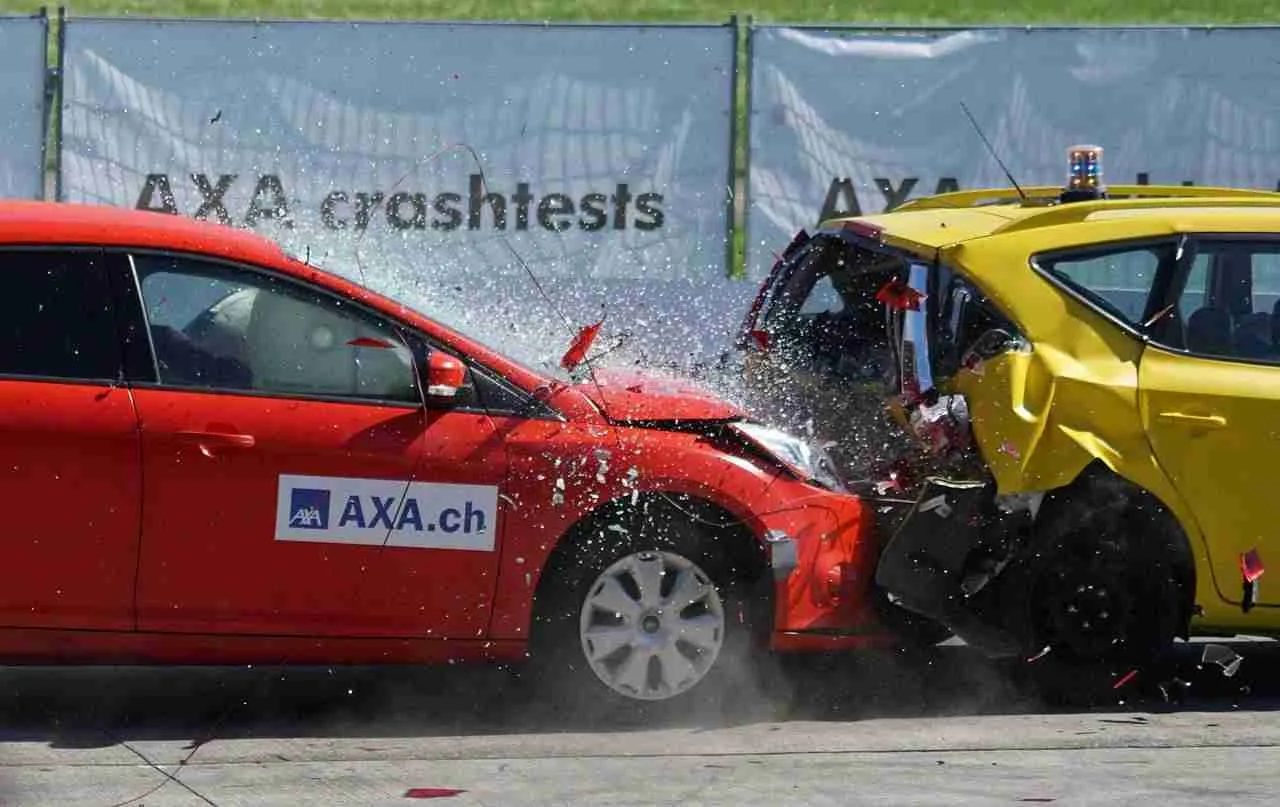Comparative Negligence in South Carolina: How Fault is Determined in Car Accidents

Car accidents can be complex events with multiple factors contributing to their occurrence. In South Carolina, the legal system employs a principle known as comparative negligence to determine how fault is allocated when assessing liability for such incidents. In this blog post, we’ll delve into the factual aspects of comparative negligence, shedding light on how it operates in the context of car accidents in the state.
Understanding Comparative Negligence
South Carolina follows a system of comparative negligence, which means that fault in a car accident can be assigned to multiple parties in varying degrees. This legal principle allows for a more nuanced assessment of liability, taking into account the actions of all involved parties.
Pure Comparative Negligence Rule
South Carolina adheres to the pure comparative negligence rule. Under this system, even if a party is found to be partially at fault for an accident, they can still pursue a claim for damages. However, the compensation awarded will be reduced in proportion to their level of responsibility for the incident.
Determining Fault Percentages
Assigning fault percentages is a crucial aspect of comparative negligence. When determining liability, factors such as traffic violations, speed, and adherence to traffic laws are considered. Insurance companies and legal professionals work to establish a fair and accurate distribution of fault based on the evidence available.
Impact on Compensation
The allocation of fault directly influences the compensation each party may receive. For instance, if a driver is deemed 20% at fault for an accident, their potential compensation will be reduced by that percentage. This approach emphasizes a realistic and equitable distribution of responsibility among the parties involved.
Legal Representation and Negotiation
In cases of comparative negligence, having legal representation becomes crucial. Skilled personal injury attorneys can help navigate the complexities of fault allocation, negotiate with insurance companies, and ensure that clients receive fair compensation based on their level of responsibility for the accident.
Courtroom Proceedings
If a settlement cannot be reached through negotiation, the case may proceed to court. During courtroom proceedings, evidence related to fault, such as witness testimonies and expert opinions, is presented. A judge or jury will then make a determination on the allocation of fault and subsequent compensation.
Conclusion
Understanding how fault is determined in car accidents under the comparative negligence system in South Carolina is essential for individuals involved in such incidents. Whether negotiating with insurance companies or pursuing legal action, having a clear grasp of this legal principle empowers individuals to navigate the complexities of the legal process. In a state where fault is not absolute, but rather apportioned based on the actions of all parties, being well-informed is key to achieving a fair resolution in the aftermath of a car accident.
